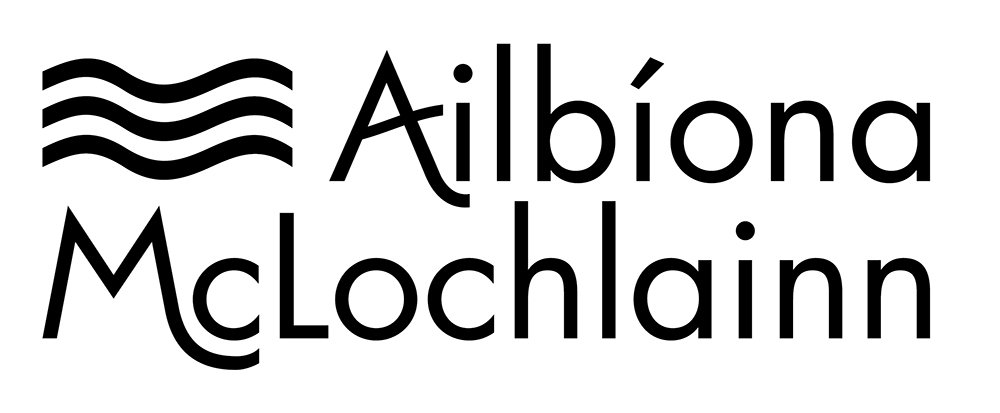Ceci N’est Pas Un Crop-Top
When following knitting pattern instructions as-written, it is not uncommon for knitters to find that the length of the bodice is either too long or too short. Understandably, discovering this after a project is finished can be frustrating. As a designer, I sometimes find myself on the receiving end of this frustration, and it’s one of the trickiest aspects of fit to explain.
The thing is: Knitters tend to assume that bodice length has to do with torso length. Therefore, if they have a ‘normal’ length torso, they expect they can simply follow the standard bodice length instructions. But while torso proportions do play a role in bodice length, they are not the only factor. And perhaps not even the main factor.
When I met with Alex for our first photo session, I brought along some garments that I thought should fit her, according to her chest circumference. It was then quite comical, when Alex tried on sweater after sweater, and most of them fitted her like crop-tops, or in some cases even bralettes!
You can see that the same lilac cardigan, on Anna, is a full length garment that hits at mid-hip. And torso length does not explain the discrepancy in fit, because Anna’s torso is in fact longer that Alex’s. What? That’s right. I told you torso length was only part of the equation.
What matters more that torso length (and I am going to use precise terminology here) is breast size. And not just the overall size, but the extent of their forward-projection.
To put it even more bluntly:
On a hypothetical completely flat-chested person, the fabric of a sweater is able to drape straight down without obstacle. So that person’s torso length from underarm down to the point where you want the hem to hit, is literally the measurement needed for the bodice length. But the more voluminous a person’s breasts, the more of a ‘detour’ the fabric takes as it travels down. Therefore, the distance from underarm to hem grows longer.
Getting back to knitting patterns. Across all sizes, knitting patterns are graded according to so-called ‘average’ proportions. When it comes to breasts, that means approximately a B-C cup. If your breasts exceed that cup size, you will almost certainly need to add length to the bodice length stated in the pattern, even if you don’t have a long torso. And conversely, if your breasts are smaller than a B-C, you may need to shorten the pattern’s bodice length instructions even if your torso isn’t especially short.
To use myself as an example: My cup size is AA (smaller than A), and on top of that I have a shorter than average torso. So what for the ‘average’ woman would be a crop-top, fits me as a full length garment. And what fits the ‘average’ woman as full length, fits me like a mid-thigh length tunic!
Conversely, as you can see in the photos, Alex encounters the opposite issue. The lilac cardigan is not a crop-top; it is designed for the hem to hit at mid-upper hip. But unless the length is modified for Alex’s proportions, it will indeed fit her like a crop-top.
To determine exactly how long your bodice should be, it is essential to measure your torso not along the side as most seem to do it, but along the left or the right front - ensuring that the measuring tape travels over the most voluminous parts of one of your breasts.
Then, consult the Bodice length stated on your pattern’s schematic, prior to starting your project, and determine whether you need to add or subtract length.
A big Thank You to Alex for this fit demonstration. I hope it has been helpful!



